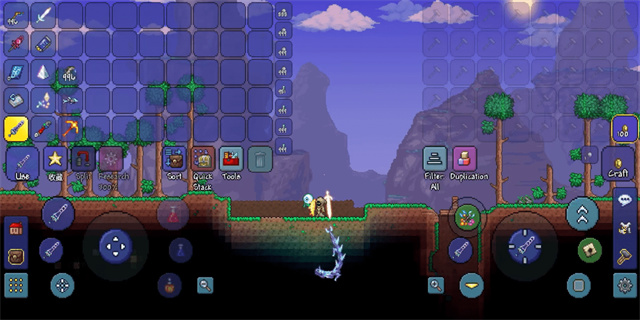Exploring the Capabilities of DirectX: Unlocking the True Potential of your Games
Introduction: DirectX has become the industry standard for developing high-performance games across platforms, enabling developers to tap into rich graphics, audio and input functionalities on Windows. This article will discuss how the capabilities of DirectX can be leveraged to create powerful and immersive gaming experiences, and examine some of the key features that make DirectX such a powerful tool for game developers.
Part 1: Graphics and Visuals
Visuals: One of the strengths of DirectX is enabling developers to create stunning visuals for their games. DirectX provides a range of features including advanced shaders, which support realistic lighting, shading, and special effects. DirectX also includes support for high-resolution textures, which help to bring your game to life with ultra-high definition textures that can be seen in even the most intricate details. DirectX also supports anti-aliasing, which smooths jagged edges to produce a more refined appearance for your images.

API: DirectX provides an API, or application programming interface, which enables developers to design games using a language they are familiar with, such as C++. This means that developers can easily create games for any platform that supports DirectX, with the benefit of consistent graphics and APIs across all supported platforms. DirectX also enables developers to create games that are optimized for specific hardware, enabling you to produce games that perform well and look great on any device, including mobile and desktop.
Part 2: Audio and Input
Audio: In addition to graphics, DirectX provides advanced features for audio processing, supporting hardware-accelerated audio output with multiple channels. This enables developers to create immersive soundscapes that complement their graphics and game design, enhancing the overall gaming experience. Additionally, DirectX supports third-party audio plug-ins, giving you greater flexibility to create unique audio effects.

Input: DirectX also provides advanced support for input devices, including keyboards, mice, touchpads, gamepads and touchscreens. This makes it easy for developers to design games that are compatible with a broad range of input devices, enhancing accessibility and convenience for gamers of all ages and abilities. DirectX also includes support for mobile devices such as smartphones and tablets, enabling developers to create touch-based games that work seamlessly across multiple platforms.
Part 3: Performance and Optimization
Performance: One of the key advantages of DirectX is its superior performance. DirectX enables developers to create high-performance games that run smoothly even on low-end devices, making it perfect for developing games for a wide range of audiences. DirectX provides a range of performance-enhancing features, including multi-threading support, hardware acceleration and optimization tools, all aimed at helping you to create games that run faster and more efficiently on all supported platforms.
Optimization: In addition to performance, DirectX also provides advanced tools for optimizing your game for the specific hardware it is running on. This enables developers to create games that are compatible with a broad range of devices without sacrificing performance or quality. Some of these optimization tools include DirectX debug runtimes, instrumentation support, hardware counters and real-time performance analysis.
Conclusion: DirectX is one of the most powerful and versatile tools available for game developers today. By leveraging its advanced features, developers can create immersive gaming experiences that engage and entertain gamers around the world. Whether you are developing games for Windows, Xbox, or any other supported platform, DirectX provides the tools and APIs you need to unlock the true potential of your games.















